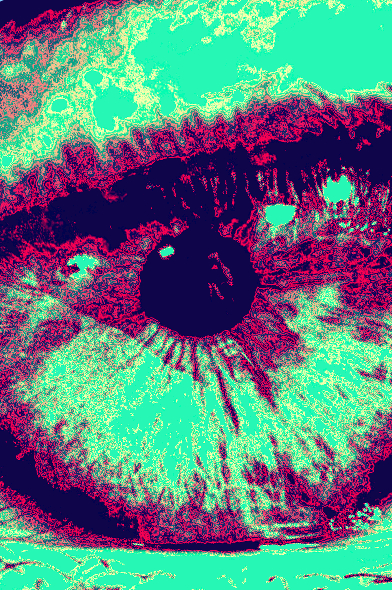Vision switch to find friends amid frenzy
 As the modern world becomes more and more populated with graphics, images and videos, some researchers wonder how our brains can continue to cope.
As the modern world becomes more and more populated with graphics, images and videos, some researchers wonder how our brains can continue to cope.
A new project in the US has sought to find out how neurons in the section of the brain responsible for recognising objects respond to the barrage of images.
Researchers showed animal subjects a rapid succession of images, some that were new, and some that the subjects had seen more than 100 times.
They measured the electrical response of individual neurons in the inferotemporal cortex, an key part of the visual system and the part of the brain responsible for object recognition.
In previous studies, researchers found that when subjects were shown a single, familiar image, their neurons responded less strongly than when they were shown an unfamiliar image.
But it now appears that when subjects were exposed to familiar and unfamiliar images in a rapid succession, their neurons - especially the inhibitory neurons - fired much more strongly and selectively to images the subject had seen many times before.
“It was such a dramatic effect, it leapt out at us,” said Carl Olson, a professor at Carnegie Mellon University in the US.
“You wouldn't expect there to be such deep changes in the brain from simply making things familiar.
“We think this may be a mechanism the brain uses to track a rapidly changing visual environment,” he said.
The researchers then ran a similar experiment in which they used themselves as subjects, recording their brain activity using EEG.
They found that the humans' brains responded similarly to the animal subjects' brains when presented with familiar or unfamiliar images in rapid succession.
In future studies, they hope to link these changes in the brain to improvements in perception and cognition.








 Print
Print